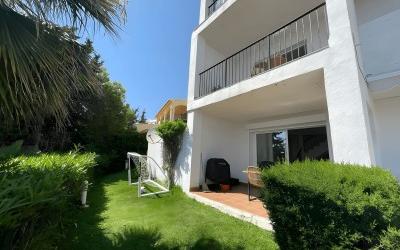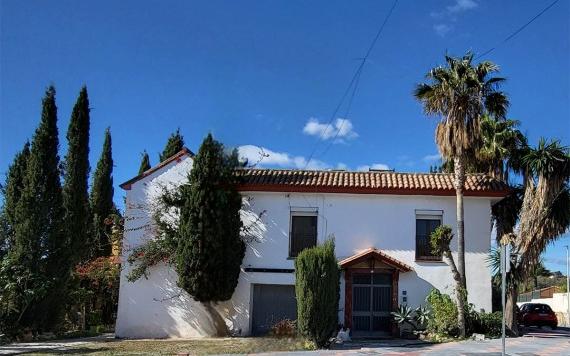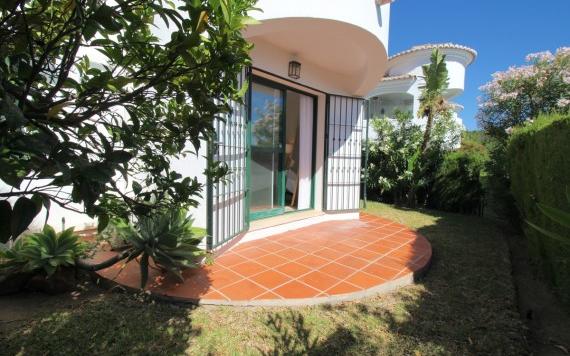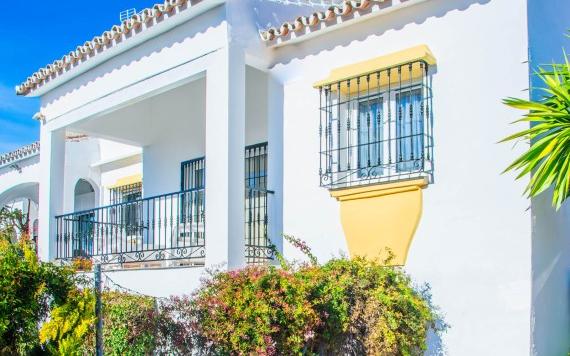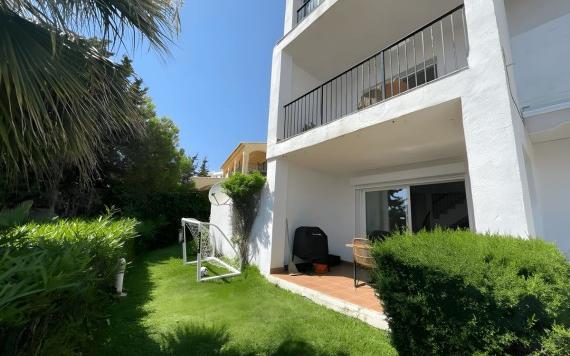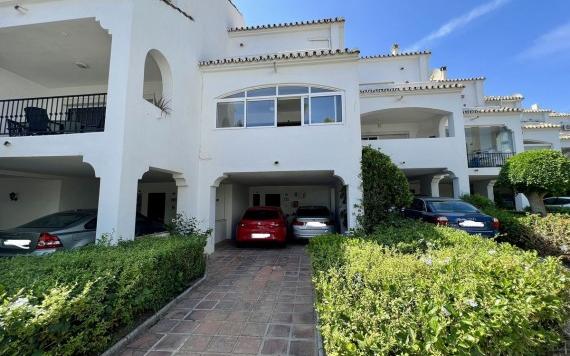
The cost of living has increased dramatically. This is true not only of Spain but around the world. From rising inflation to skyrocketing fuel and energy costs, household incomes simply aren’t stretching as far as they used to. Another key family expense that has risen dramatically is the cost of food: but which supermarkets are increasing their prices the most in Spain?
And where is the most affordable place to shop? Here’s everything you need to know:
Costs Continue to Rise
Spain’s Organisation of Consumers and Users (OCU) conducted a recent study which revealed that between 20th March 2021 and 8th March 2022, the cost of the average supermarket shop has increased by 9.4%. The study looked at a standardised supermarket trolley full of 156 products (including food items, hygiene products, and other regularly used items) and assessed the nine biggest supermarket chains across ten large Spanish cities. This gave a robust sample and a broad spectrum of statistics to analyse.
What we do know, and the main headline from this study, is that supermarket price hikes are widespread. Prices have increased in all nine of the chain supermarkets that were included in the study. But the magnitude of the price increases did vary across those chains, with some stores increasing their prices considerably more than others. Knowing which of the stores has implemented the biggest increases, and then avoiding shopping in those stores, will definitely help your euros to go further and stretch your household budget.
A Breakdown of Price Hikes by Store
The supermarket chain that increased their prices the most in the year from March 2021 to March 2022 was Carrefour. The average price of their products was a significant 12.1%. In second place was the popular and widespread chain Mercadona, which had increased their prices by 11.4%.
Mercadona and Carrefour are both national chains, and according to the OCU there supermarkets “remain among the cheapest national chains” in Spain even when those price hikes are taken into account. This goes some way to indicating just how much food prices in Spain have increased in the last 12 months.
The smallest price increases in the research were found at El Corte Ingles and Hipercor. The prices in both of these supermarket chains increased by just 7.7%, but it is important to note that these are both considered upmarket chains which means that the prices in these stores were already higher than many of the other options on this list.
If the store that you shop in hasn’t already appeared on this list then the rest of the supermarkets included in the research are outlined below:
- Average shopping prices in Eroski increased by 9.5%
- Average shopping prices in Alcampo increased by 9.2%
- Average shopping prices in Dia increased by 8.5%
- Average shopping prices in Caprabo increased by 8.4%
- Average shopping prices in Condis also increased by 8.4%
Concerning News for Low Income Shoppers
Perhaps the most concerning news to come from the OCU investigation impacts low-income shoppers and those from the lowest socioeconomic families. This is because white label brands have experienced a significant increase in price. White label products are those products which are sold by retailers under their own branding and with their own logos. They are often referred to as ‘supermarket own brand’ products. The biggest price increased found in the OCU investigation were found in these white label products that tend to be most popular with low-income shoppers.
In addition to the rising prices of groceries the OCU have reported that some brands and stores are shrinking the size of their products, whilst simultaneously increasing their prices. Pepsi is a key example of this, reducing its two-litre bottles to 1.75 and increasing the price from 1.33 Euros to 1.48.
The result of this research shows that, if the current trend in price rises is maintained, the average family in Spain will see their supermarket shopping bills increase by 500 euros per year.
Why Are Food Prices Growing So Much?
There are several factors influencing the rapidly increasing cost of groceries. One of these is the rising price of raw materials, such as fertilisers, that are necessary for growing and producing many food products.
Another factor to take into account is the massive increase in the price of energy, which has impacted the cost of industries such as farming, fisheries, and maintaining livestock. The cost of physically transporting food once it is produced and packaged has also risen considerably as a result of this energy crisis.
Geopolitical tensions have elevated the price of cereals and other products supplied by Ukraine and may lead to changes in the energy market on a European level. If this situation worsens then these prices will only increase further.
Are you thinking of buying a property in Spain? Then get in touch with our local and knowledgeable property experts today. They’re ready and waiting to help you find the Spanish home of your dreams: they might even be able to find you a property close to a vineyard!

 English
English Español
Español Deutsch
Deutsch Français
Français Svenska
Svenska Nederlands
Nederlands Italiano
Italiano Norsk
Norsk Русский
Русский












